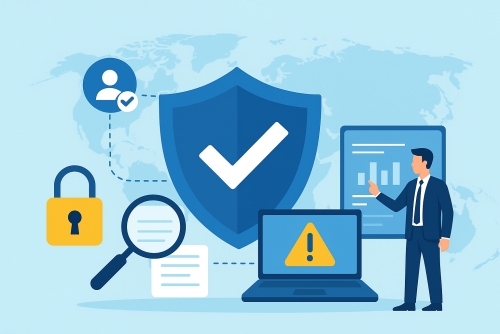Most Important Information About Accounts Payable
Accounts Payable refers to a general ledger account that records a company's commitment to pay back a short-term debt to creditors and suppliers.
What Is AP (Accounts Payable)?
Accounts payable refers to the money your company owes to its vendors for goods and services purchased on credit. Typically, these are short-term debts owed to your vendors.
A vendor's accounts payable refers to the entire amount owed to that vendor. On your balance sheet, it's listed as a current liability. Because accounts payable are due for payment within a year, this is the case.
Focus Points:
Payments due to vendors or suppliers have not yet been made for products or services received.
An increase or decrease in total payables is shown in the cash flow statement.
Paying off outstanding debts as soon as possible will improve cash flow.
How Does Accounts Payable Work?
Streamlining your accounts payable process is critical to the growth and development of your company. Monitoring accounts payable is a back-end task, so it is frequently neglected.
In order to give your company a competitive advantage, you need to make your accounts payable process efficient.
The primary goal of adopting the accounts payable process is to pay your bills and invoices in a timely and accurate manner.
Before you can streamline your accounts payable process, you need to know what the accounts payable cycle is.
Accountancy's Long-Term Future: How Accounts Payable Look Will in 2030 and Beyond:
Automation of Accounts Payable can already enhance performance, better manage cash, reduce costs and mitigate risk in previously unimagined ways.
Accounts Payable Process Into Several Steps
Businesses may pay genuine bills accurately and on time by following a clear and consistent accounts payable process. You may follow these stages in the accounts payable process if you work in accounts payable, have a bookkeeping service, or own a small business:
Examine the invoice's details.
Incorporate the invoice into your accounting records.
Pay your invoices on time.
Mark the invoice as completed.
Make the payment on the invoice.
Resolve any accounting issues.
Differences Between Accounts Payable vs. Accounts Receivable
Accounts Payable
1. Accounts payable is a present liability account.
2. It is a ledger that shows the amount owed to third parties by a corporation.
3. There should be a credit balance on this account.
Accounts Receivable
1. Accounts receivable is a current asset account.
2. It is an account that shows how much money third parties owe the company.
3. There should be a debit balance on this account.
The Importance of Accounts Payable Workflow And Management
Accounting for accounts payable is essential to the efficient and error-free operation of a business institution. Reasons include:
It aids in the timely payment of bills.
Overdue charges, penalties, and late fees can all be avoided if payments are made on time.
Multiple/duplicate payments for goods/services are prevented and overspending is minimized by Accounts Payable Processing.
This allows the company to keep track of its needs and purchases, preventing delays and interruptions in day-to-day operations.
It keeps track of all purchases and makes them easy to find.
You can also contact us if you need assistance. We pledge to provide a complete guide about the accounts payable process.
Wrapping Up
Accounts payable is the amount owed by a corporation to suppliers or vendors for products or services supplied.
The phrase accounts payable refers to both the individual balance sheet account that tracks short-term obligations for business goods and services purchased on credit, as well as the business department in charge of repaying these debts.












